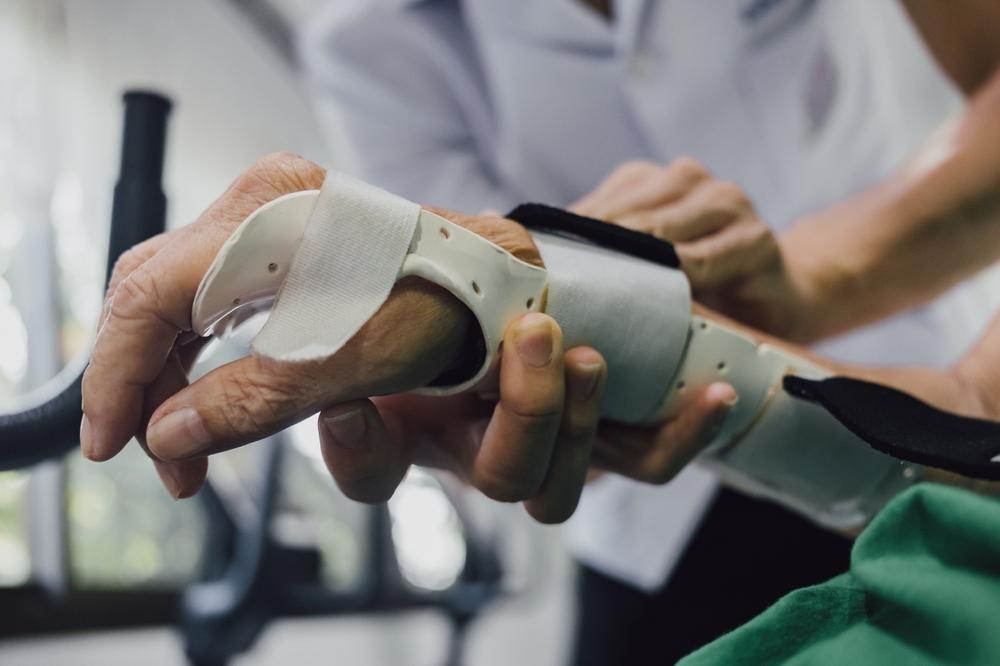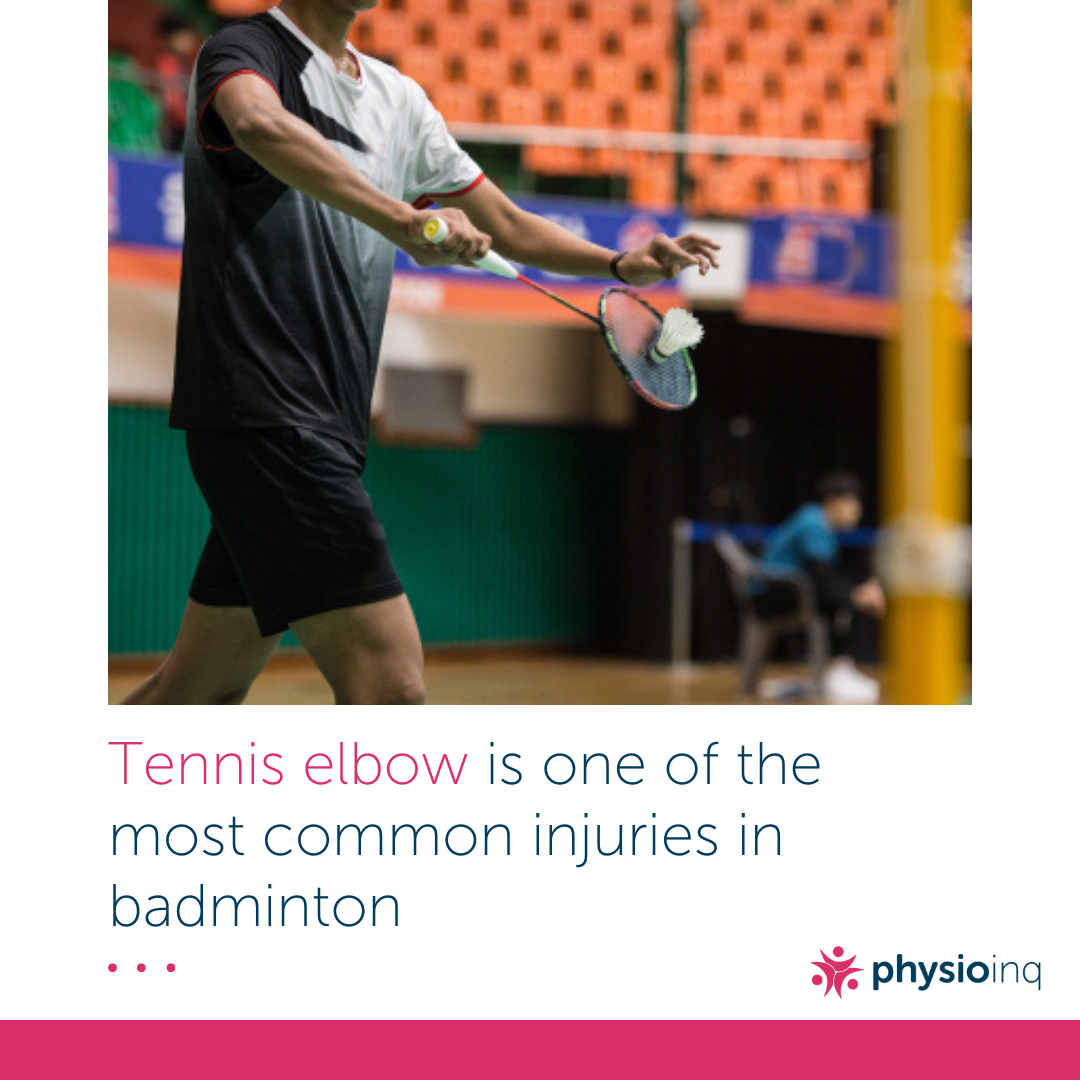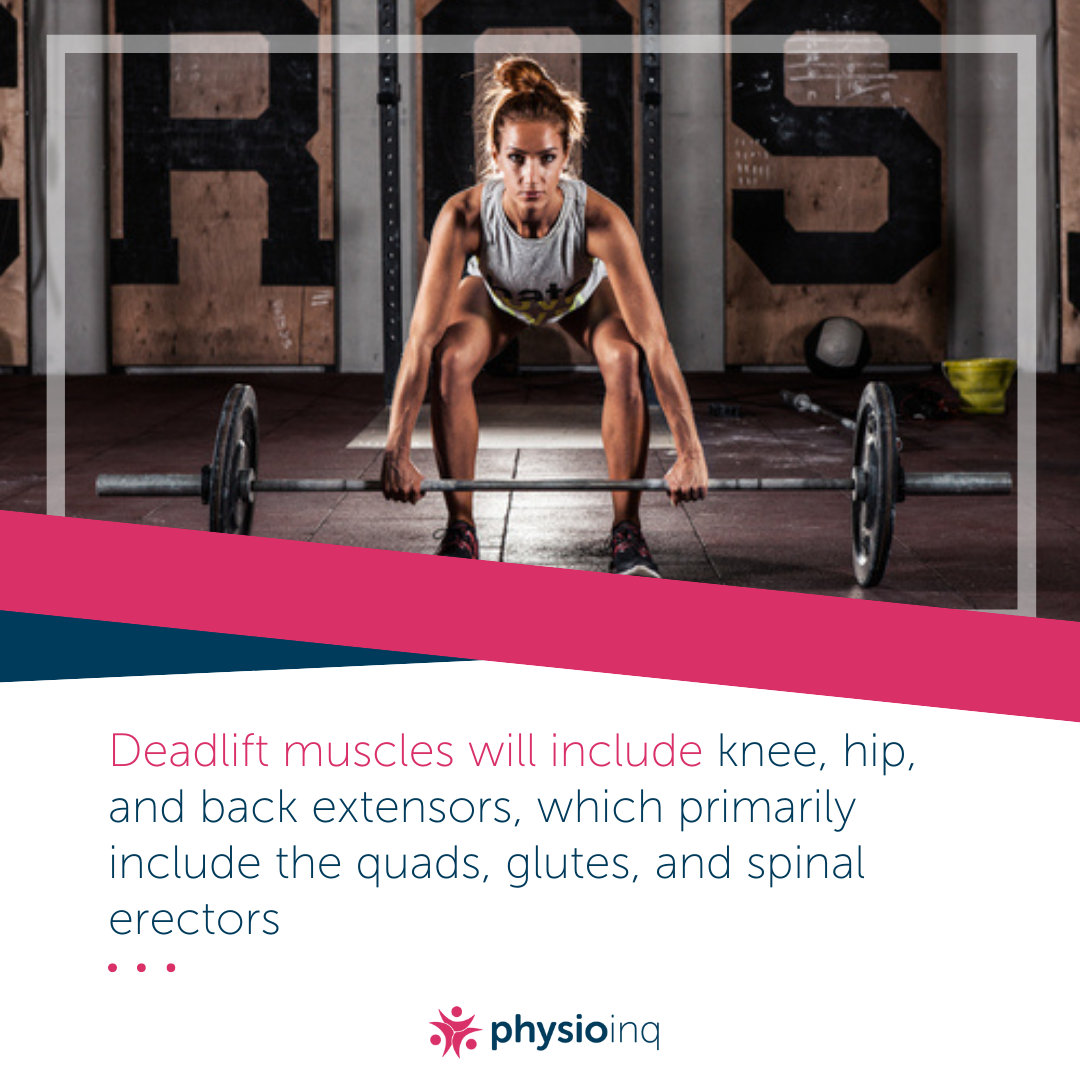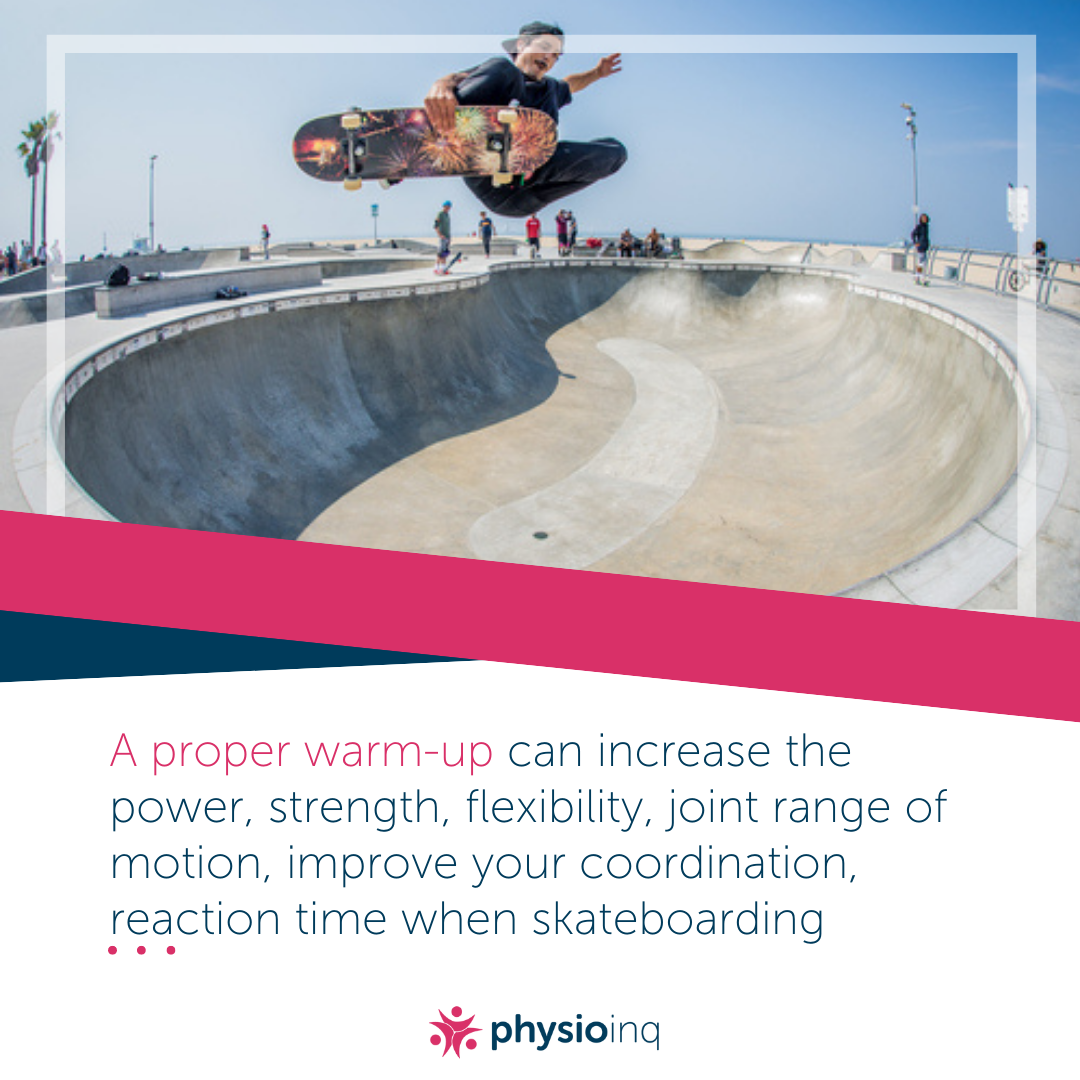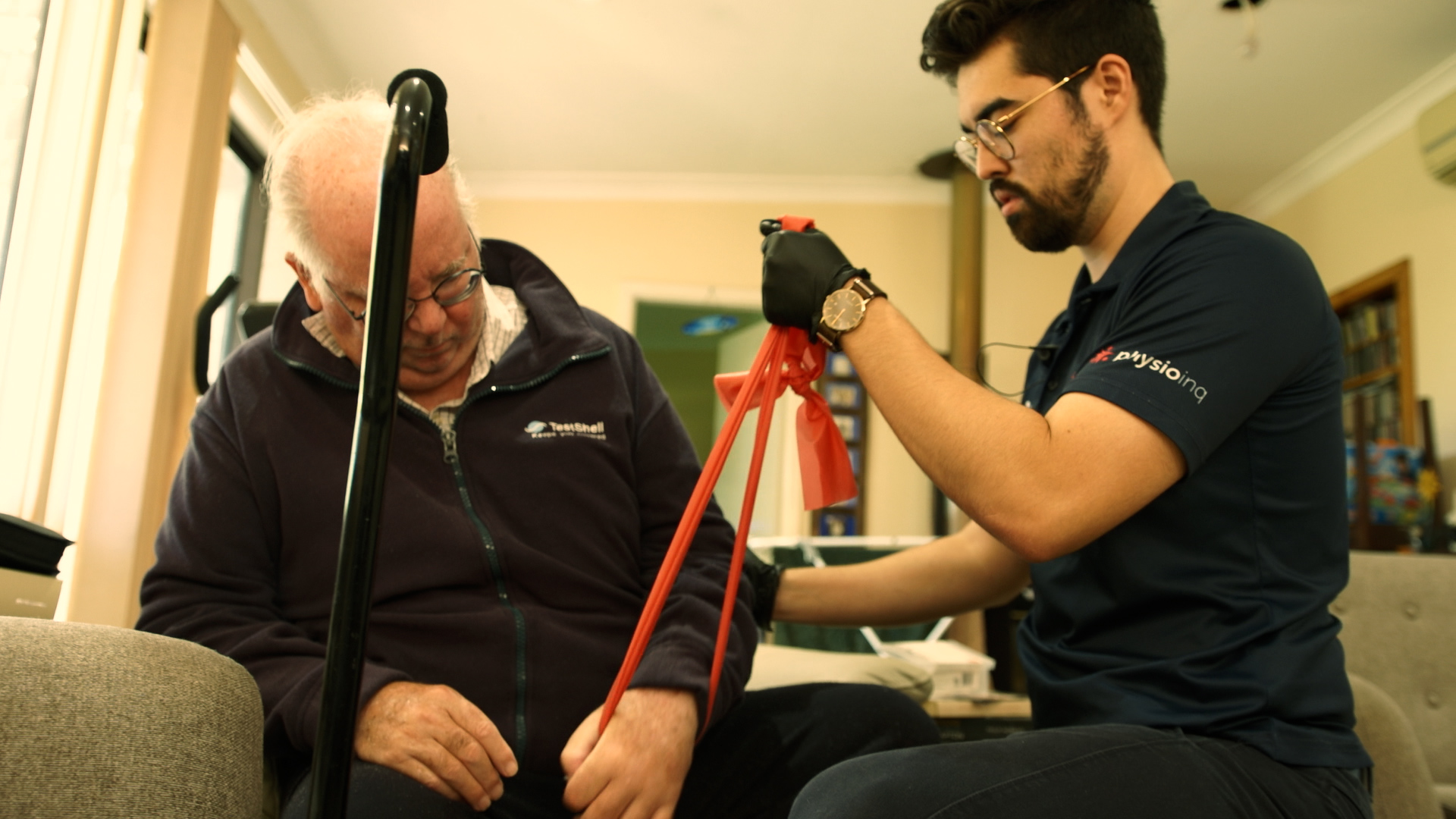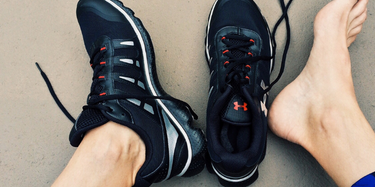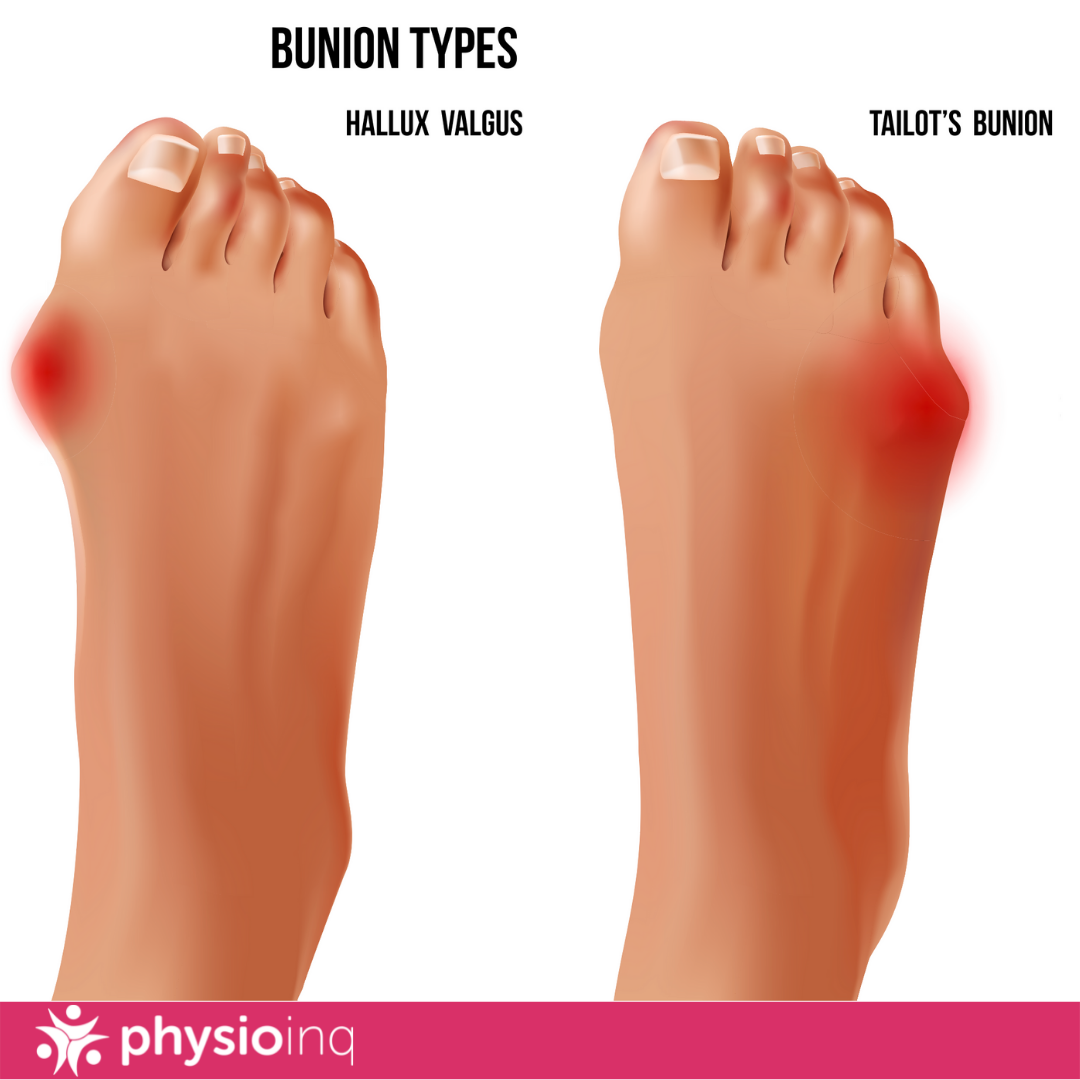Make an Appointment
Soccer games are exciting both to watch and to play in. They seem to never stop with players constantly running across the pitch, chasing the black and white ball, and completing incredible scores that you can’t help but be impressed with.
But, it’s hard to deny how often injuries happen in soccer both on the professional level and in amateur leagues. After all, it’s a grueling sport requiring peak physical fitness and various preventative measures.
Here, we’ll be going over the most common soccer injuries and their causes, how to prevent these injuries, and the various ways a sports physiotherapist can help.
Soccer Injury Statistics
Football, or soccer, is a hugely popular sport, for all age groups, worldwide. Since we have a continual influx of novice players, there are many cases of injury.
Sport Medicine Australia revealed that in 2002-2003, 3,270 persons were admitted to hospitals across Australia for soccer-related injuries. The rate of injury for soccer players is said to be up to 35 injuries per 1,000 playing hours.
Evidence suggests that:
- More injuries occur during games than training.
- Up to 35% of injuries are caused by foul play.
- The most common types of injuries are bruising, sprains, strains, fractures and dislocations.
- Injuries to the lower body, namely the ankle and knee, to the upper body and head are most common.
- Common causes of injuries are player contact, falls and tackles.
- The quality of playing areas may contribute to injury.
What are the most common injuries in soccer?
Soccer involves a lot of running, jumping, stopping and starting, quick changes in direction, and of course, kicking. As you might expect, these kinds of intense movements can cause a lot of injuries.
The most common soccer injuries include:
- Ankle sprains
- Knee injuries
- Calf strains
- Clavicle fracture
- Foot fracture
- Wrist fracture
- Kneecap bursitis
- Meniscal tear
- Concussion
- Cuts and bruises
- Shin splints
- Heat-related conditions
Causes of Common Soccer Injuries
To better understand the most common soccer injuries and for soccer players to better avoid injuries while playing soccer, let’s go through each injury and determine the most common causes.
- Knee and calf injuries are often caused by running, twisting, and changes in direction.
- Head injuries are generally caused by collisions or falls.
- Meniscal tears are often caused by sudden changes in direction or an intense blow to the knee.
- Shin splints are mostly caused by excessive force put on the shin bone from running for long periods or from jumping, stopping suddenly, or changing direction.
- Ankle injuries can be caused by a variety of things including a poorly maintained field, improper footwear, landing from a jump incorrectly, and sudden changes in direction.
- Fractures are often caused by falls and hard collisions.
- Heat-related conditions are generally caused by improper hydration and playing non-stop in extreme heat conditions.
Knowing what causes the most common soccer injuries can help us do as much as possible to prevent these injuries. Let’s dive a little deeper into how we can avoid soccer injuries.
How to Avoid Injuries in Soccer
It is possible and advisable to take injury prevention measures whille playing soccer. We will discuss some of them now.
Preseason Training
Many injuries are sustained at the start of the season because players are usually out of shape and perform too much too soon.
Leading into the season, players should perform light leg and core strengthening and agility training, and endurance exercise, before they need to do the jumps, kicks, jogging and sprinting in season.
This helps to prepare the muscles for the complex and unpredictable movements performed during a game.
Stretch Out
Muscles that are tense are likely to get inflamed or torn. If you’re wondering how to prevent ankle injuries in soccer, ensuring that leg muscles and ankle and hip joints are warmed up properly before a game or training is key.
A slow jog would suffice for how to prevent hamstring injuries in soccer as well.
Stretch after each game or training to help cool down and ease tensed-up muscles. It helps the body rest better, improves athletic performance due to increased muscle readiness, decreases the risk of traumatic or overuse injuries, helps joints move through their full range of motion, and enables muscles to work more effectively. So many benefits!
Knee-Strengthening Exercises
Knee injuries are common in youth soccer; the most serious of which is an anterior cruciate ligament (ACL) rupture, which equates to 25% of injuries occurring on the soccer field.
A serious injury to the knee could put a player on the sidelines for a long period of time, and in some cases, could end a player’s career. Below are some knee strengthening exercises to prevent ACL injuries.
How to Prevent ACL Injuries in Soccer
1. Leg Press: This exercise builds quad strength with no impact and little stress on the joint. You can work your legs together or separately for an additional challenge. Sets/Reps: 4x12
Source: Naomi Kong
2. Physioball Hamstring Curl: If you're going to strengthen your quads, you need to strengthen your hamstrings to prevent an imbalance. Sets/Reps: 4x12
Source: Mind Pump TV
3. Single-Leg Stance: It may seem simple, but this balance exercise improves knee stabilizer strength and balance. All you need to do is stand on one leg. For an additional challenge, rotate your body slowly to your left and right. Sets/Duration: 2x30-60 seconds, several times a day.
Source: Measure & Evaluation Techniques
4. Bulgarian Split Squat: A specific type of unilateral split stance exercise that demands more unilateral balance and strength than a normal split squat (no bench or box). In this exercise, the lifter places their back leg on a bench or box, increasing the demands and emphasis on the front leg muscles and increasing the complexity (balance, strength, coordination, etc.). Sets/Duration: 4x12
Source: Men’s Health
For the best results, complete these exercises under the supervision and instruction of a physiotherapist.
Protective Gear That Fits
Wearing protective gear that is over or undersized is like not wearing any at all. Shin guards and cleats help protect the shin and foot, preventing shin and foot injuries. So, be sure to wear the right fit.
Field Maintenance
Studies show that approximately 25% of injuries in youth soccer arise from poor field conditions.
Officials are technically held for this, but coaches and the players who want to avoid getting injured should inspect the field for rocks, debris, holes, and puddles. Posts too should be inspected.
Fair Play
Players hitting or brushing against each other is regular in soccer and it is the responsibility of the referee or official to ensure fair play. The referees protect the players from injuries by blowing against opposing teams in light of aggressive contact and rough tackles.
Adherence to rules and regulations by players helps prevent injuries.
Let Old Wounds Heal
It is advised that players should fully recover from previous injuries before resuming training. If players are rushed back into the game, you risk that player aggravating the injury or having an injury setback.
When young players are eager to play it’s the responsibility of the coach to make sure their players are fully healed before they resume training.
How Physiotherapy Can Help with Soccer Injuries
Sports physiotherapists are trained to help you prevent and manage soccer injuries and can be a huge help towards perfecting your game and avoiding any unnecessary downtime due to injury.
Whether you’re serious about playing soccer at the professional level or you play as a hobby and simply want to protect yourself from injury, seeing a physiotherapist is the best thing you can do.
A sports or exercise physiotherapist can, first of all, prevent soccer injuries by implementing a personalised exercise plan that strengthens and lengthens the specific muscles you use to play soccer.
They’ll also help you incorporate an effective warm-up and cool-down routine to do before and after your play.
Plus, a physiotherapist is essential if you’re managing a soccer injury. A physio will push you to your appropriate edge in order to recover more quickly without overdoing it and making the injury worse.
You’ll learn how to rest and recover properly while also rebuilding your strength to get back in the game as safely as possible.
Long story short, soccer players and athletes of any kind should definitely have a physiotherapist in their corner.
Soccer is a great sport that promotes hard work, team spirit, and self-esteem, not to mention the physical benefits. But injuries can be a major setback.
We highly recommend taking injury prevention measures like pre-season training, warm-ups and stretching before and after exercise, and specific knee strengthening exercises.
In addition, regularly check that your gear fits properly and that your field is in good condition. Play fairly and, if you do get injured, be sure to get it under control before returning to training.
Dealing with a soccer injury? Want to learn better ways to prevent soccer injuries? Our exercise physiotherapists can help. Call Physio Inq to set up an appointment today!
Additional Resources
5 most common injuries in soccer. What you need to know
Is cardio more important that strength in soccer?
Soccer injuries. Prevention strategies for soccer related injuries
Date Published: Tuesday, April 13, 2021
Locate a Mobile Physiotherapy
Service Near me
Get the experience & convinence you deserve to support your or a loved one's allied health needs.
Our Mobile Physiotherapy team are currently serving & taking appointments in the following states and regions in Australia:
New South Wales
- Blacktown
- Blue Mountains
- Campbelltown And Macarthur
- Canterbury-Bankstown
- Eastern Suburbs Sydney
- Georges River
- Hawkesbury
- Inner East Sydney
- Inner West Sydney
- Lake Macquarie
- Lower North Shore
- Newcastle
- Northern Beaches
- North Sydney
- Parramatta
- Penrith
- Southern Highlands
- South West Sydney
- Sutherland Shire
- Sydney CBD
- The Hills Shire
- Upper North Shore
- Waverley
- Wollongong
Tasmania
Victoria
Need to get into direct contact with ur Client Services team? We're all ears. Call our team directly on 1300 731 733






